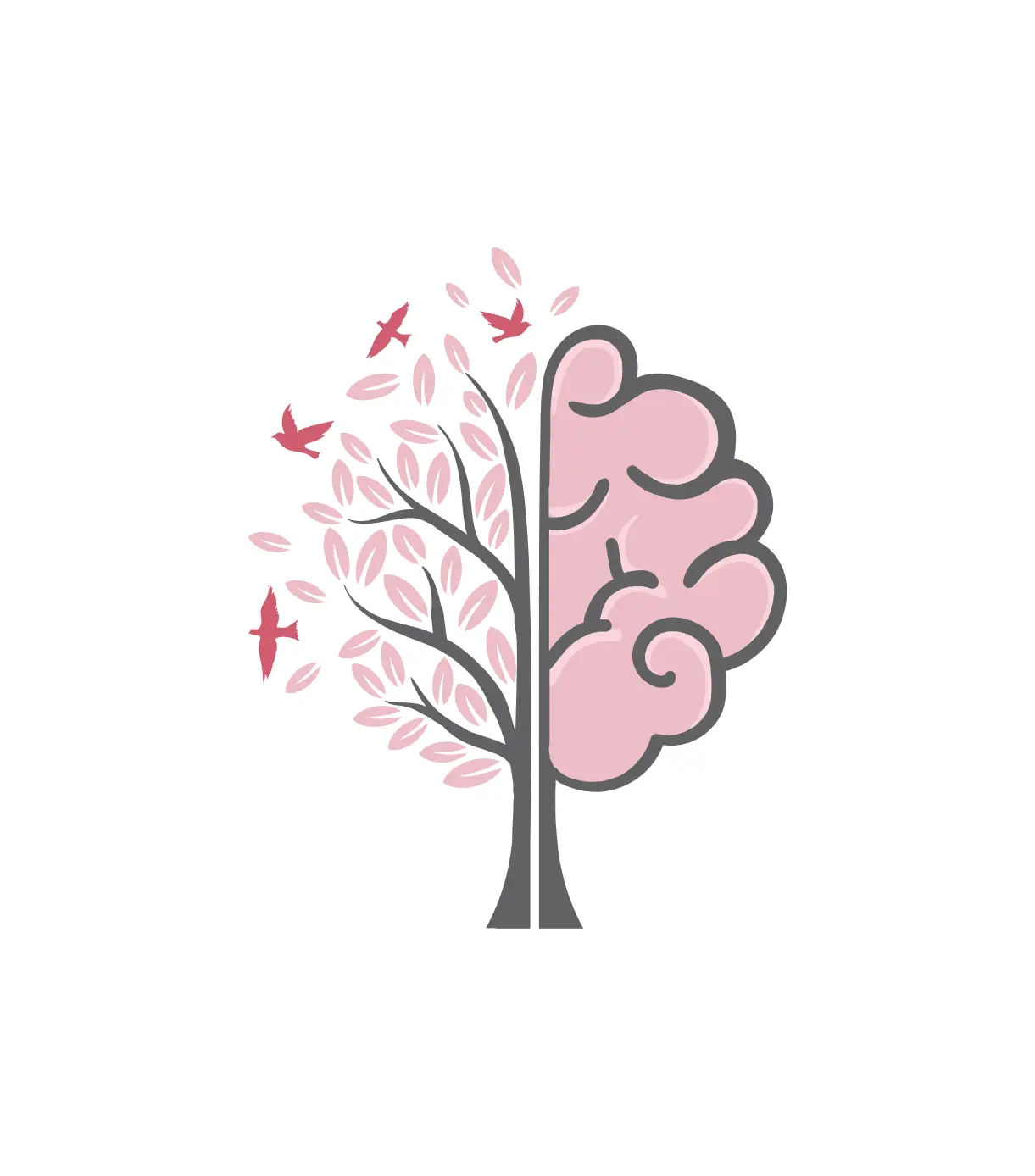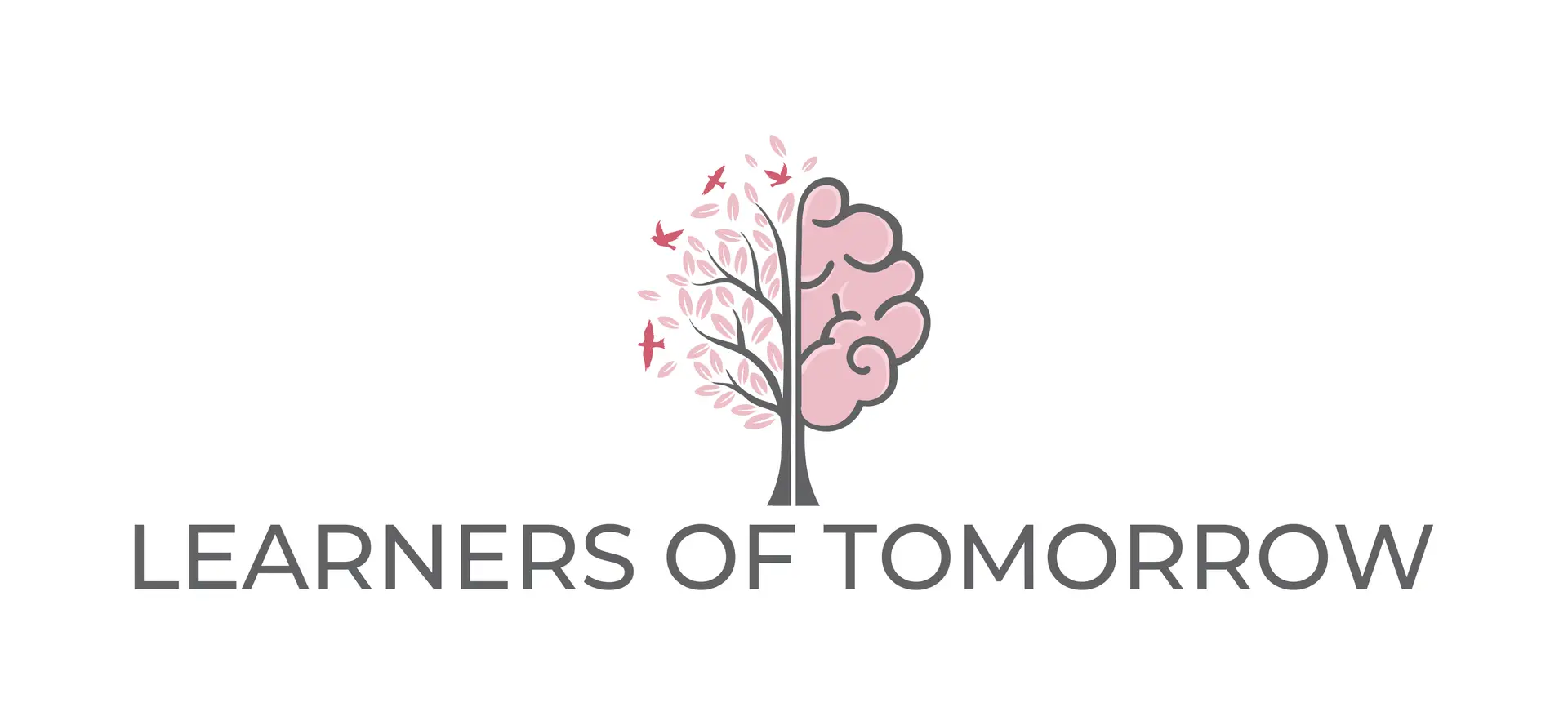Immersive Learning: How VR is Transforming Science Labs and Beyond

Virtual reality (VR) is rapidly becoming a cornerstone of modern educational practices, especially in science education. Students can now enter fully interactive virtual labs where they conduct experiments that previously required expensive equipment or posed safety concerns. Platforms like Labster offer ready-made simulations, allowing learners to manipulate virtual instruments, mix chemical solutions, and observe complex biological processes—all within a safe, repeatable environment. Similarly, VictoryXR is creating entire virtual classrooms and field trips, enabling students to explore the ancient ruins of Rome or the inner workings of the human body without leaving their desks.
Beyond the current offerings, the future of VR in education lies in haptic feedback devices. These emerging technologies let students feel textures, apply precise force, and experience a tangible connection to their virtual tasks. A biology student might one day “feel” the resistance of a virtual scalpel cutting into a simulated tissue or “handle” the weight of a virtual specimen. This sense of touch could dramatically improve understanding and retention, bridging the gap between theoretical knowledge and practical skills.
References:

